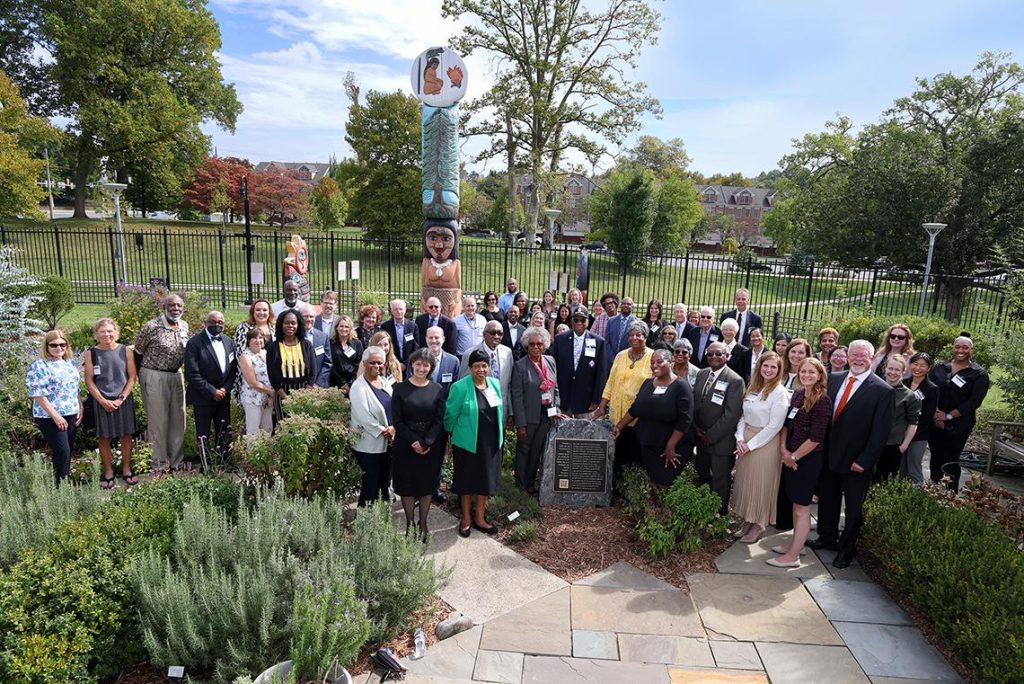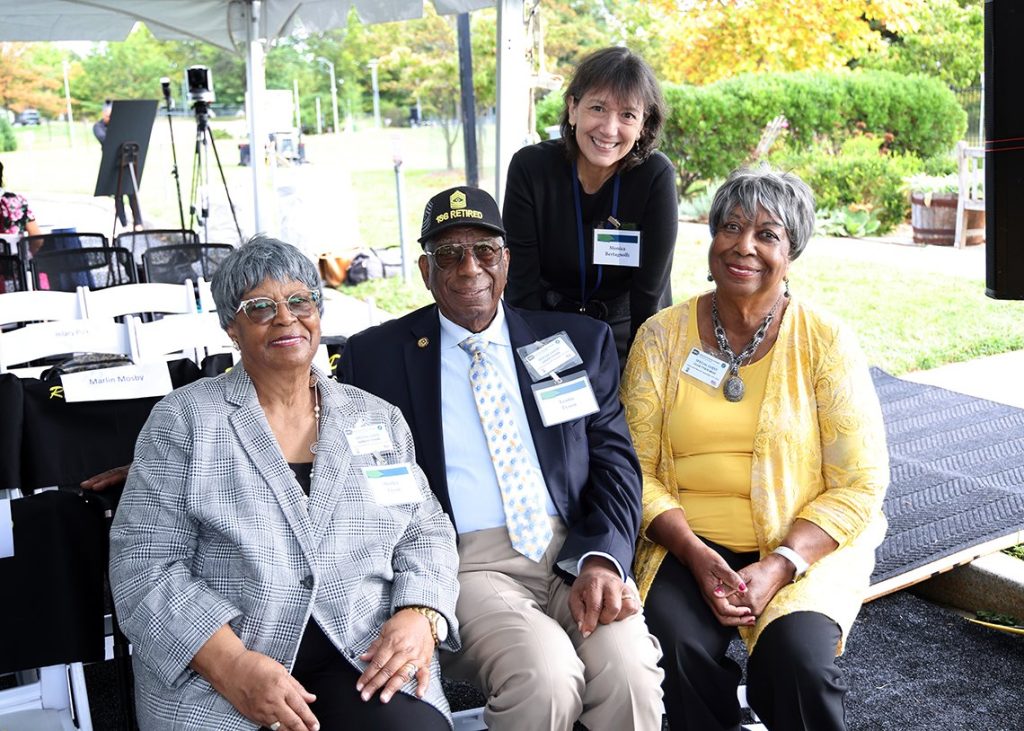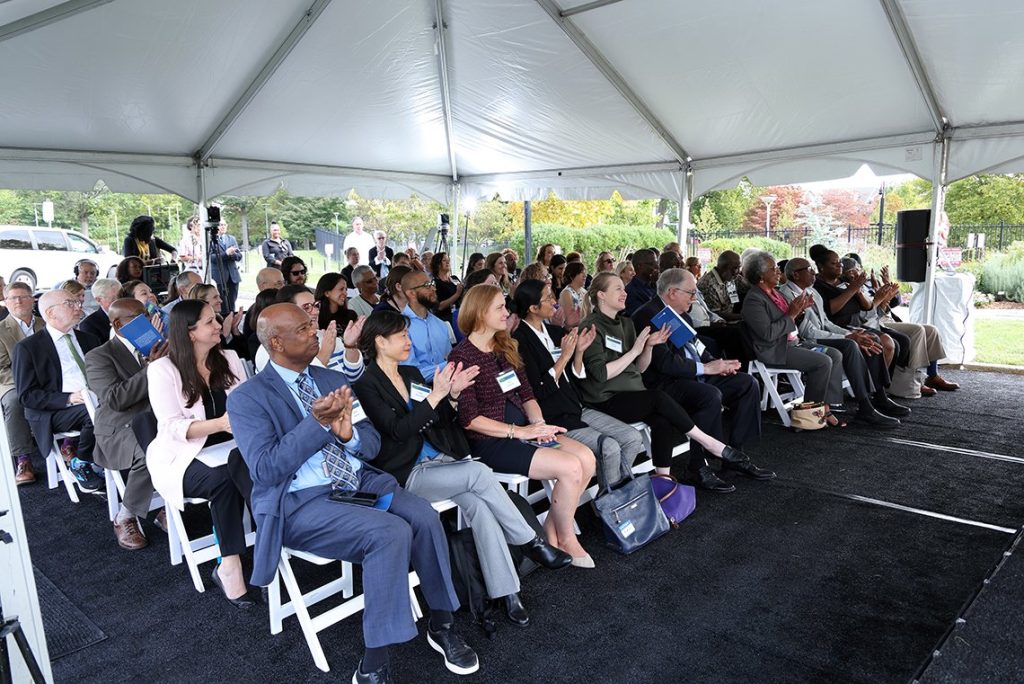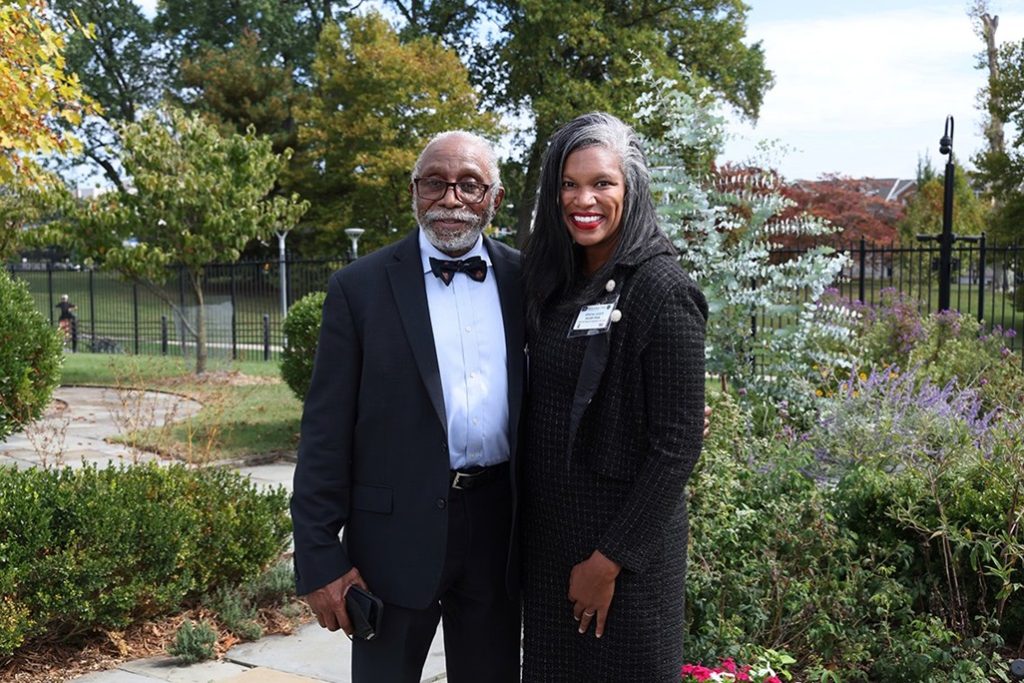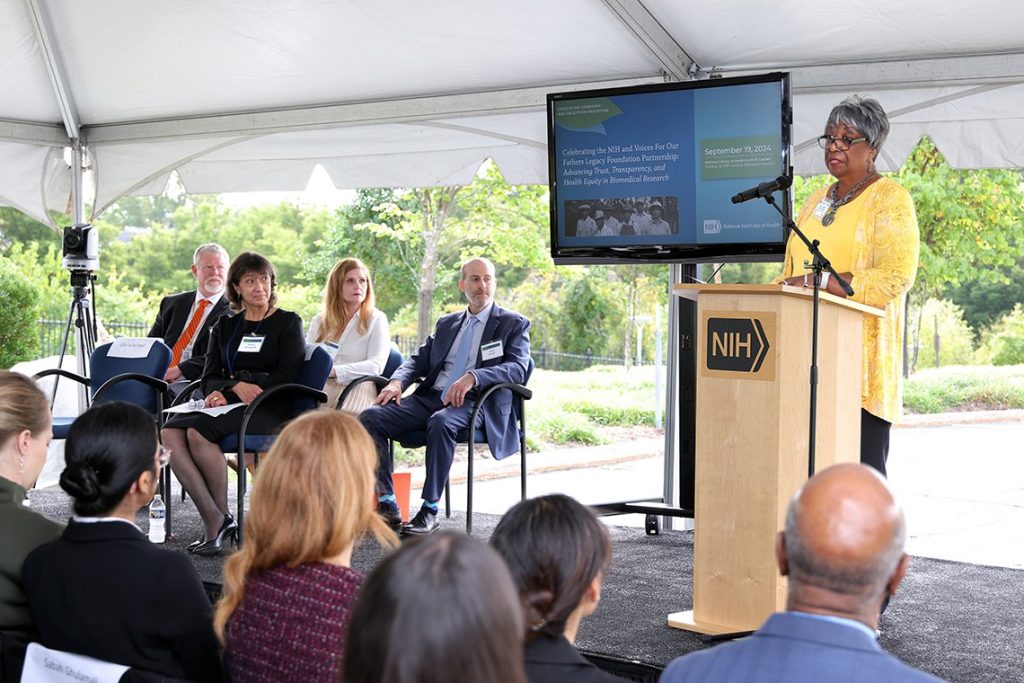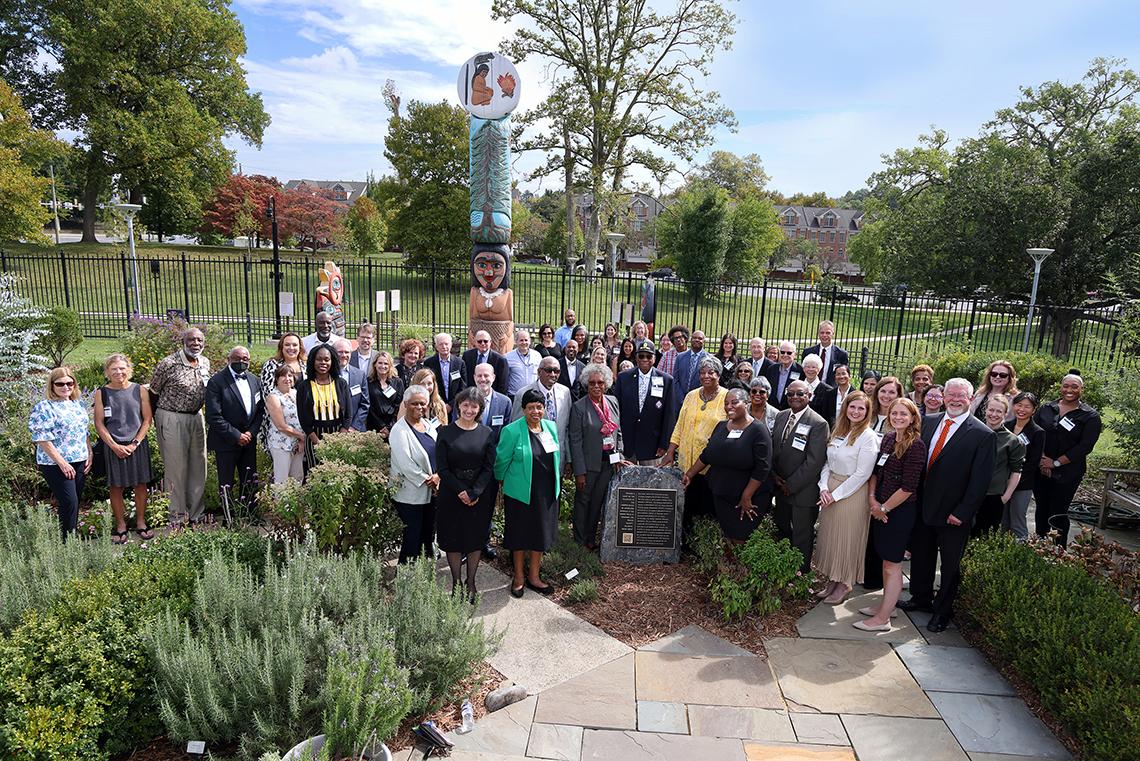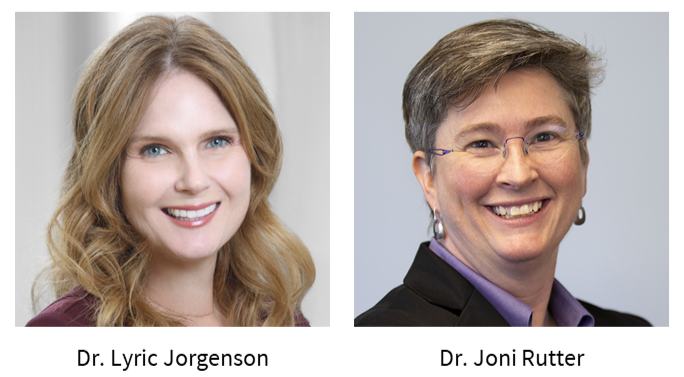This is an excerpt from the October 11, 2024, issue of the NIH Record. The article below was authored by Eric Bock and all photos were taken by Chia-Chi Charlie Change. The original article can be found at: https://nihrecord.nih.gov/2024/10/11/event-honors-nih-partnership-voices-our-fathers-legacy-foundation
NIH recently debuted a plaque honoring the memory of the African American men unethically treated in the U.S. Public Health Service (USPHS) Untreated Syphilis Study and the 50th anniversary of the National Research Act at the National Library of Medicine (NLM) herb garden, across from Bldg. 38, on Sept. 19.
“This plaque shines a light on the injustices of the past, not letting us forget them so they are never repeated,” said NIH Director Dr. Monica Bertagnolli during the dedication ceremony. “NIH is committed to making biomedical research inclusive and accessible for everyone.”
In 1932, the study began in Alabama. Originally called the “United States Public Health Service Study of Untreated Syphilis in the Negro Male at Tuskegee and Macon County, Alabama,” the study enrolled 625 African American men. Researchers conducting the study did not obtain informed consent and did not offer treatment, even after it was widely available.
“Much is known about the inhumane, immoral, unethical treatment of these men,” said Lillie Tyson Head, founding president of the Voices For Our Fathers Legacy Foundation, a nonprofit formed by the descendants of the men who were treated unethically in the study. “But little is known about their humanity.”
As Tyson Head noted, most of the participants were poor sharecroppers who had little time or money for doctor visits. During the growing season, they spent their time working in vegetable gardens, tending to farm animals and preparing fields for corn, beans and cotton. They had few opportunities to learn to read and write.
These men were sons, husbands, fathers and brothers. “The most important things to them were caring and providing for their families,” she said.
The study ended in 1972, after a reporter exposed it and a federal committee, which met at NIH among other locations, recommended the study be shut down. After a public outcry, the National Research Act was signed into law, creating federal rules to protect human research participants. The law was a direct response to the men who were mistreated in the study.
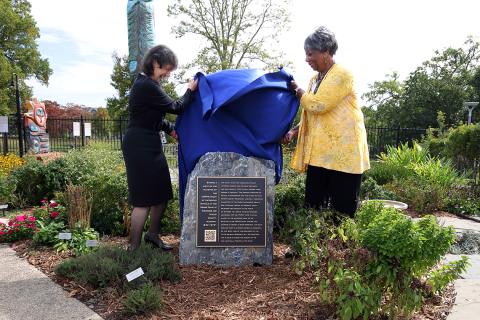
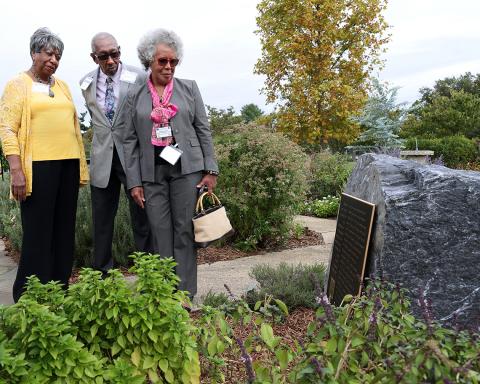
“We understand that history cannot be undone,” said Tyson Head. “We can construct bridges to trustworthiness and health care. By working together, we can make health equity a reality, dismantle racial and social injustices and advance biomedical research.”
Recently, the foundation met with NIH leadership to discuss how NIH could assist in uncovering the truths held within records that might be yet undiscovered, said Dr. Lyric Jorgenson, NIH’s associate director for science policy. NIH worked with the foundation to locate and preserve documents from the study.
“We are incredibly pleased that we could work with these leaders and help shed some additional light on this unjust effort so that we may never again repeat our past,” said Jorgenson.
Documents from the study are now publicly available on NLM’s website, said acting NLM Director Dr. Steven Sherry. Working closely with Fisk University, NLM digitized more than 3,000 records from the study. Examples of records include correspondence, meeting minutes, reports and scientific articles. Previously, these documents were only available in physical form.
“NLM’s stewardship of this collection supports our mission to enable biomedical research and support health care and public health through free online access to scholarly biomedical literature,” he said. “Our goal for this significant collection is to reach a broad audience and serve as a beacon of transparency with the biomedical and health care community.”
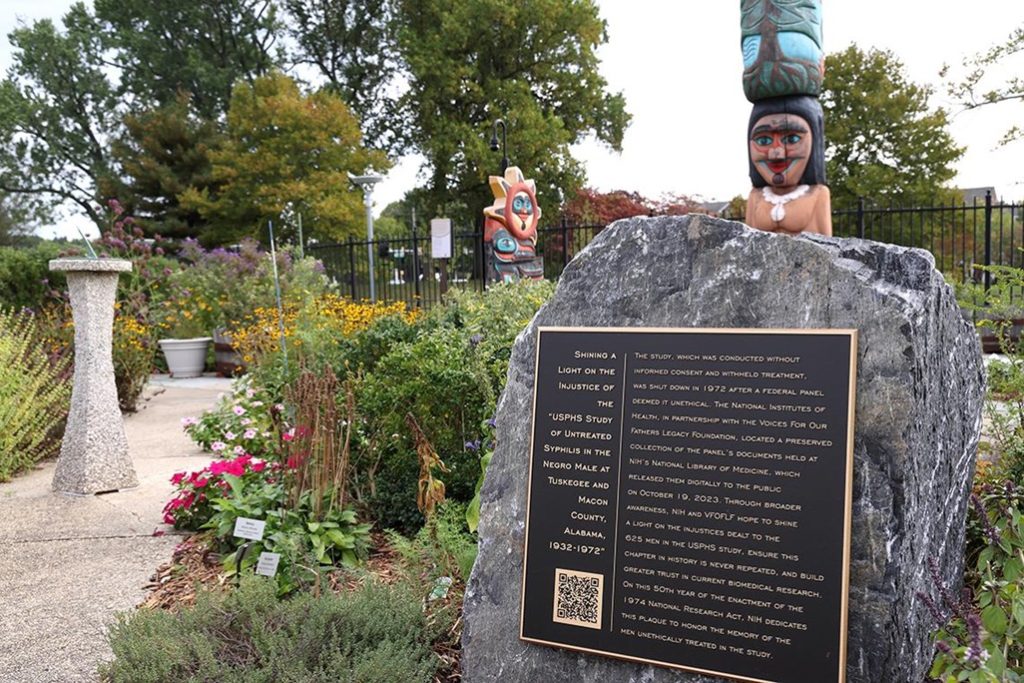
The National Research Act acknowledges the government’s past failures and commits health officials to a future where ethical principles are paramount to the conduct of research, said Department of Health and Human Services Assistant Secretary for Health ADM Rachel Levine in recorded remarks.
“The National Research Act is the U.S. government’s commitment to the American people that the pursuit of knowledge must not come at the cost of human dignity and human rights,” Levine concluded. She thanked everyone in attendance for partnering to ensure transparency and high ethical standards in research to create a healthier future for all who live in the U.S.
View the full collection of documents from the study at go.nih.gov/PCjiOXk.
